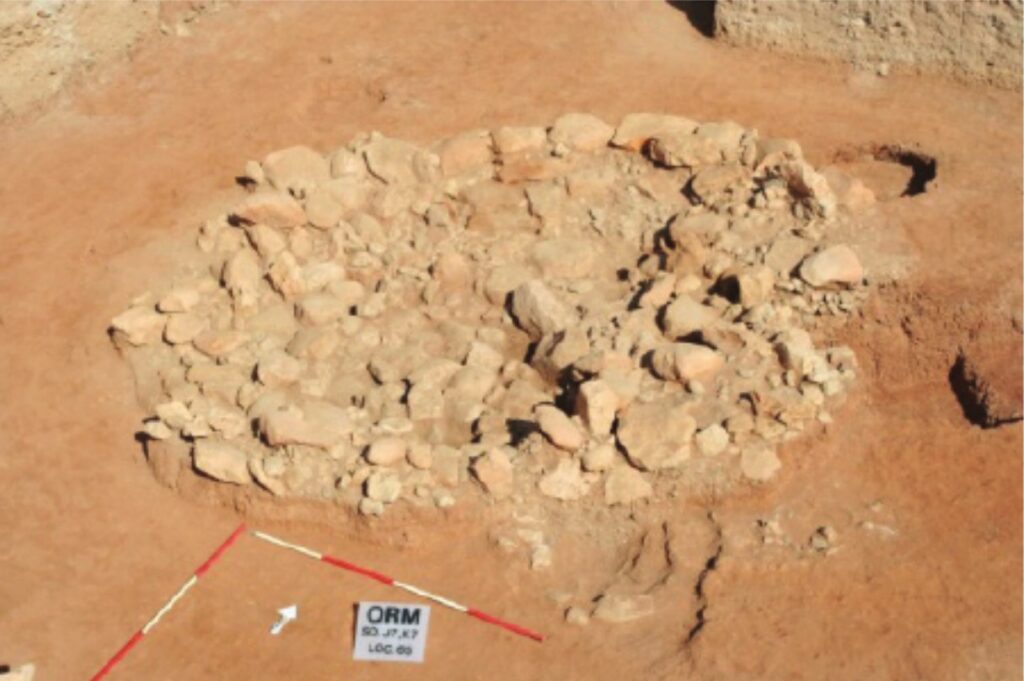Tell al-Qaramil (Qaramel Hill) is a prominent archaeological site located about 25 kilometers north of the city of Aleppo, in the valley of the Quwaiq River. Excavations began in 1999, led by a joint Polish-Syrian mission, and continued until 2011. These excavations revealed a settlement dating back to the Pre-Pottery Neolithic period, specifically between 10,900 and 8,800 BC, making it one of the oldest architectural sites discovered in the world.
One of the most notable discoveries at Tell al-Qaramil is a series of five successive circular stone towers, built over centuries, that are about 2,000 years older than the famous Tower of Jericho. Measuring between 6 and 7.5 meters in diameter, with walls up to 2.25 meters thick, these towers are thought to have been used for social or religious purposes, possibly defensive, as some of the towers showed signs of having been burned and rebuilt.
In addition to the towers, two distinct buildings were uncovered:
Beit al-Bukraniya (Bokrania House): It contains a pit with four skulls of wild bulls, indicating a religious ritual associated with bull worship, a practice known at other Neolithic sites.
The communal house (mazar): A large building consisting of three sections, believed to have been used for communal or ritual activities, featuring an apse with an interior panel.
Excavations revealed 23 graves containing the remains of 34 individuals, all adults. These burials were characterized by the phenomenon of separating skulls from bodies, indicating a ritual associated with skull worship, a practice known at other Neolithic sites such as Jericho and Tell Aswad (The Black Hill).
Tell al-Qaramil is a testament to the development of stone architecture and religious rituals during the early period of human settlement. The discoveries suggest that hunter-gatherer societies were able to build complex architectural structures before the advent of agriculture, changing the traditional understanding of the emergence of settled societies.
The site is proposed for inscription on the World Heritage List due to its importance in understanding the development of architecture and religious rituals at the dawn of human history.








